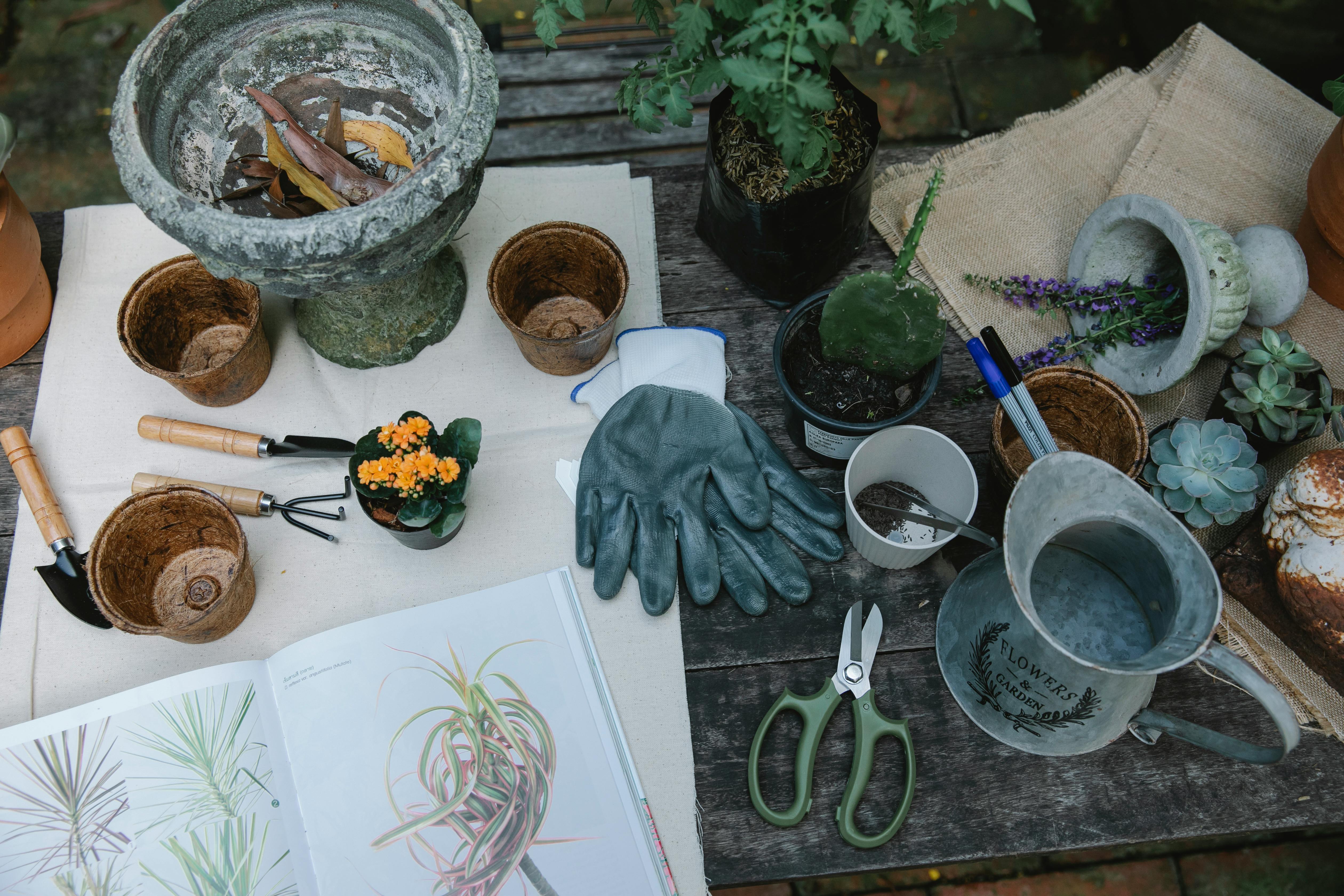Growing ginger in your garden is a great way to enjoy the unique flavor and health benefits of this exotic root vegetable. It’s also an excellent addition to any garden, adding a tropical flair to the landscape. Growing ginger is relatively easy, as long as you have the right conditions. With just a few supplies and some patience, you can have fresh ginger from your own garden in no time.Ginger is a flowering plant whose root is used as a spice and medicine. It is native to tropical and subtropical southeast Asia and has been used for thousands of years in traditional Chinese and Ayurvedic medicine. Ginger has a pungent, spicy aroma and flavor that adds an extra dimension to many dishes. It also provides numerous health benefits, including relief from nausea, improved digestion, and anti-inflammatory properties. Research suggests that ginger may also be effective in reducing muscle pain, lowering blood sugar levels, and preventing certain types of cancer. Additionally, ginger may help reduce risk factors for heart disease,
How to Plant Ginger in a Garden?
Ginger is an easy-to-grow plant that can add a delicious flavor to many different dishes. It can be grown at home, either indoors or outdoors, and can even be planted in the garden for a more permanent solution. To plant ginger in a garden, you will need some fresh ginger root and some fertile soil. Here are the steps for planting ginger in your garden.
Start by obtaining fresh ginger root from your local grocery store or farmers market. You want to make sure the ginger root
Requirements for Growing Ginger at Home
Growing ginger at home is a rewarding and exciting experience, provided you have the right conditions. The most important requirement for growing ginger is a warm climate with plenty of humidity; it’s best to grow ginger in temperatures that range between 65°F and 80°F (18°C-27°C). If you live in a cooler climate, you can grow ginger indoors in a pot.
Soil
Ginger prefers a well-draining soil that is slightly acidic.
What Soil is Suitable for Growing Ginger?
Ginger is a tropical plant that needs well-drained, fertile soil to thrive. The ideal soil for growing ginger should be slightly acidic (pH 5.5-7.0) and filled with organic matter such as compost or manure. It is also important to ensure adequate drainage, as ginger does not tolerate wet feet and can suffer from root rot if the soil is too damp or waterlogged. Sandy loam soils are best for ginger, as they are light and well-draining, but also
https://images.pexels.com/photos/6231722/pexels-photo-6231722.jpeg
Caring for Ginger Plants
Ginger plants are one of the most popular tropical spices and they can be grown easily in a variety of climates. Caring for ginger plants is not difficult, but there are a few key steps that should be taken to ensure that your ginger plants thrive. Here are some tips on how to care for ginger plants:
1. Plant in a location with plenty of sunlight and warmth. Ginger plants need plenty of light and warmth to grow, so it’s best to choose a spot with at least 6

Harvesting Ginger
Harvesting ginger is a straightforward process. The best time to harvest ginger is when the plant has been growing for at least 8-10 months, but you can harvest at any time. Look for the signs that your ginger is ready for harvesting, such as the foliage starting to die back and the rhizomes beginning to swell. Carefully dig up the entire plant and separate the rhizomes from the stems and roots with your hands. The rhizomes should be firm, plump and full of flavor.
Common Pests and Diseases of Ginger Plants
Ginger plants are susceptible to a number of pests and diseases. The most common pests and diseases of ginger plants include root rot, stem rot, fungal diseases, aphids, whiteflies, spider mites, and nematodes. Root rot is caused by soil-borne fungi that attack the roots of the plant. Stem rot is caused by fungi or bacteria that attack the stems of the plant. Fungal diseases such as powdery mildew or downy mildew can affect ginger plants if temperatures are too high
Common Solutions to Treat Pests and Diseases in Ginger Plants
Ginger plants are susceptible to various pests and diseases. To treat these issues, it is important to identify the cause of the problem and then take appropriate action to reduce or eliminate the infestation. There are a few common solutions that can be used to treat pests and diseases in ginger plants.
The first step is to inspect the plant regularly for signs of infestation. If a pest or disease is found, it should be isolated from other plants and treated as soon as possible. Common pests such as aph

Conclusion
Growing ginger in your garden can be a rewarding experience. With the right conditions and a little bit of patience, you can have a steady supply of fresh ginger to use in your favorite recipes. Planting the ginger rhizomes is easy and you don’t need a lot of space to get started. It’s important to choose the right soil, give it plenty of moisture, and provide it with protection from frost. When harvesting, be sure to leave some of the rhizomes in place for continued growth. With a little bit of effort and
